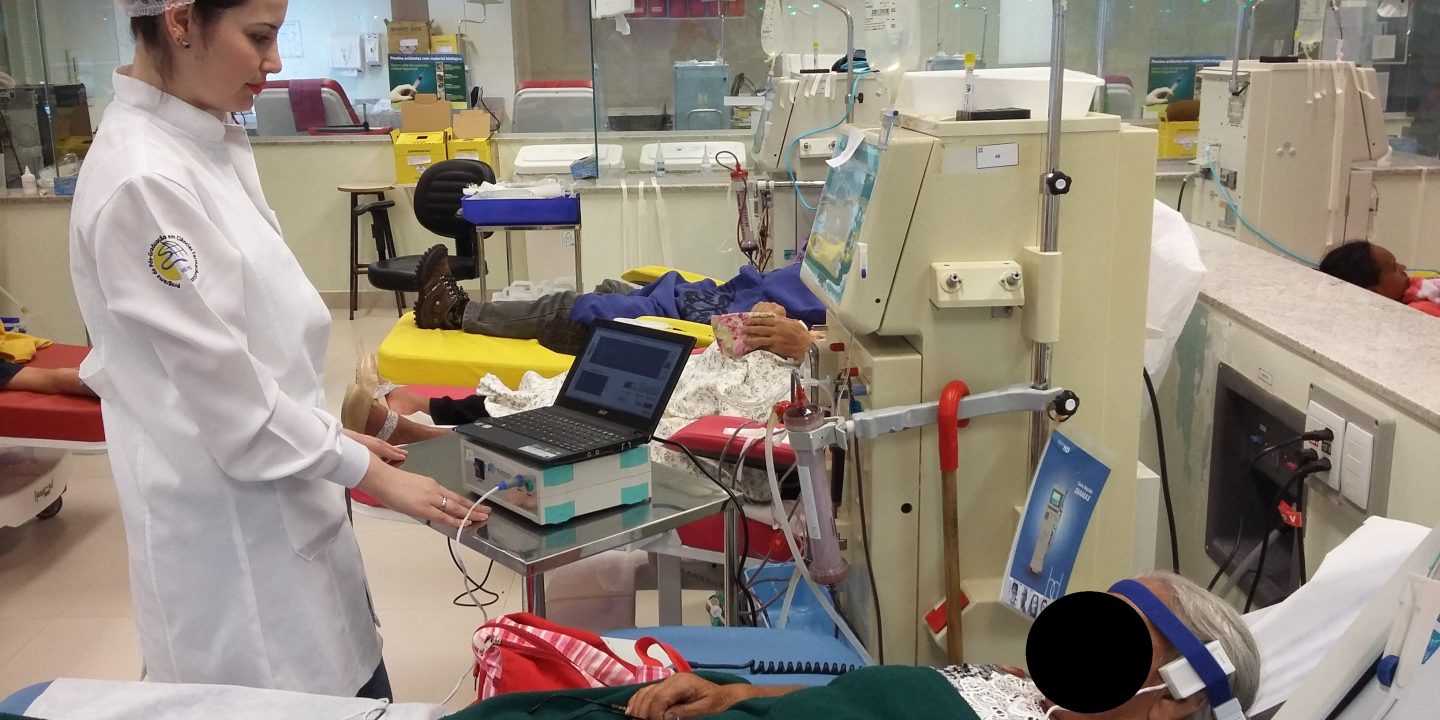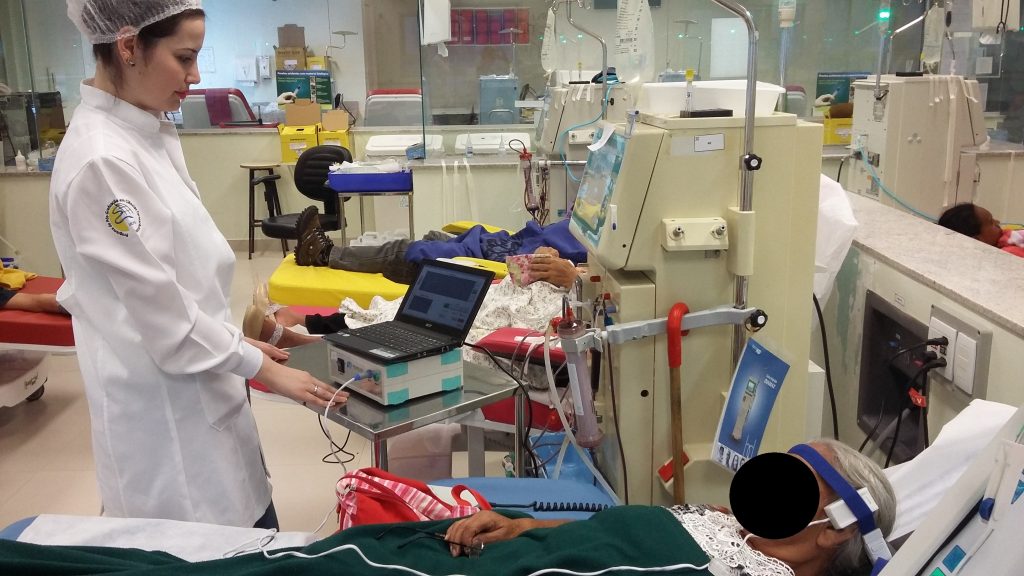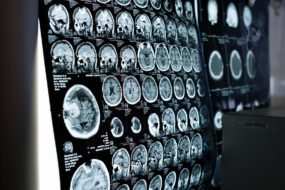
Using a non-invasive method, the research compared the results of the assessment of cerebral compliance in chronic kidney patients before and after hemodialysis treatment
Research carried out by a team from the State University of Ponta Grossa has indicated that monitoring intracranial compliance can be useful for the early diagnosis of dialysis disequilibrium syndrome. The complication is usually only identified in its advanced stage and can result in the death of patients within a few days. The study is the result of Cristiane Rickli Barbosa‘s doctoral research at the university, under the guidance of José Carlos Rebuglio Vellosa, entitled “Follow-up of chronic renal patients on hemodialysis through non-invasive monitoring of intracranial pressure”.
“The dialysis disequilibrium syndrome is a rare syndrome about which we still don’t have much information”, says Cristiane Rickli. It is known, however, that intracranial hypertension and cerebral edema, the excessive accumulation of fluid in the intra- and extracellular spaces of the brain, are the main factors that contribute to the development of the syndrome. One of the complications that can precede it is intradialytic hypotension, which has symptoms such as headache, nausea, vomiting and cramps.

“What is believed is that these mild forms of complications may be indications of an early, milder form of the dialysis disequilibrium syndrome, in which the patient is not diagnosed because confirmation requires the use of invasive methods of verification of intracranial pressure, which is only performed as a last resort. The use of a non-invasive method to monitor intracranial pressure in any and all complications could help in the early diagnosis of this syndrome and thus avoid complications and death”, ponders the researcher.
The research has followed 42 patients with end-stage chronic kidney disease who were undergoing dialysis treatment for six months at the Renal Replacement Therapy Center of the Santa Casa de Misericórdia Hospital in Ponta Grossa, Brazil. The patients’ intracranial compliance was assessed before and after each of the three weekly hemodialysis sessions using a non-invasive sensor that monitors it based on the ICP pulse morphology.
Intracranial compliance is a vital sign that indicates the skull’s ability to accommodate changes in the volume of components within it – brain, blood and CSF. The impairment of compliance may lead to an increase in intracranial pressure (ICP), which in turn can lead to neurocognitive complications, strokes – which pose great risks to the lives of patients, often aggravating clinical situations that are already quite delicate – and the dialysis disequilibrium syndrome itself.
The results showed that there was an improvement in the two parameters used to assess compliance – the peak time and the ratio between the first and second of the three peaks of the ICP pulse (P2/P1 ratio) – after the hemodialysis session. Thus, they indicated that hemodialysis therapy is also beneficial in reducing intracranial pressure

The researcher emphasizes, however, that more studies are needed to accurately identify the causes of the interference of chronic kidney disease on cerebral compliance and intracranial pressure. “One hypothesis is that in the interval between dialysis sessions there is an accumulation of fluid in the body cavities, including the cranial cavity, which impacts the intracranial pressure”, she suggests. “Hemodialysis would just remove this excess amount of fluid, which would impact the reestablishment or improvement of cerebral compliance.”
The article “Use of non-invasive intracranial pressure pulse waveform to monitor patients with End-Stage Renal Disease (ESRD)”, which presents the results of the research, was published on July 22, 2021 in the journal PLOS One and can be retrieved through the DOI: https://doi.org/10.1371/journal.pone.0240570





